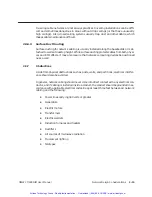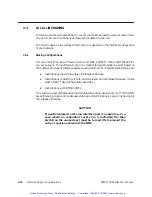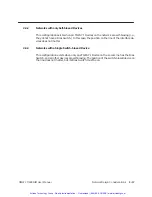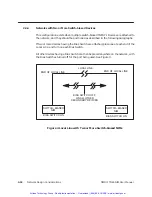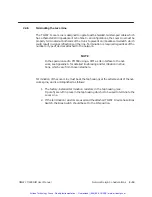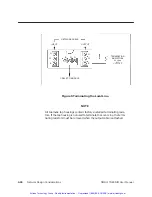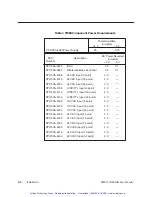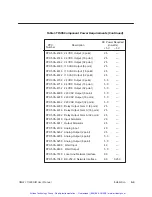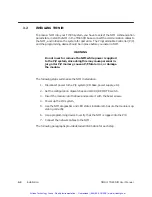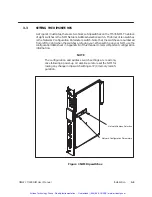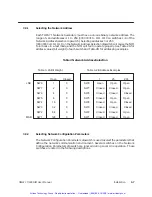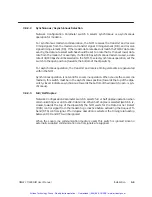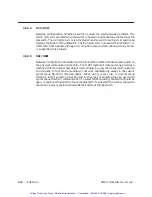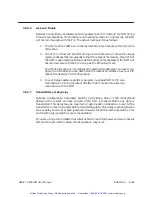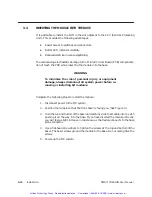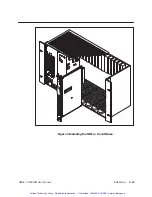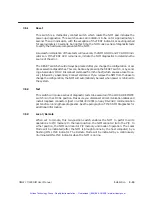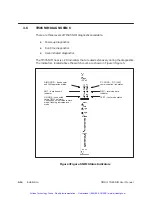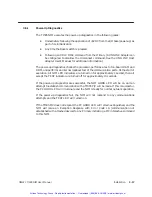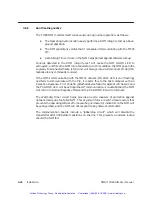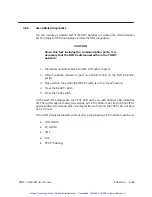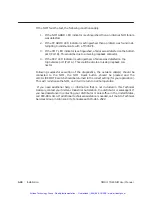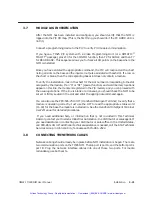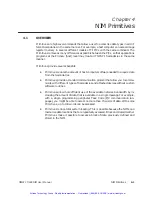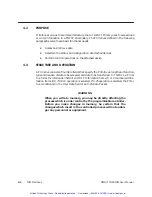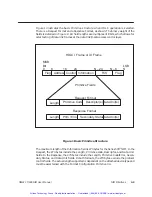
Installation
3-9
TIWAY 1 Ti505 NIM User Manual
3.3.2.2
Synchronous / Asynchronous Selection
Network Configuration Parameter switch 5 selects synchronous or asynchronous
operation for modems.
For synchronous modem communication, the NIM receives the transmit and receive
timing signals from the modem via transmit signal timing element (DB), and receive
signal timing element (DD). If the modem data rate does not match the TIWAY data rate
exactly, the data rate select switches should be set to a rate that is the next lower data
rate from the modem. For example, if a 56,000 bps synchronous modem is used, a data
rate of 38,400 bps should be selected on the NIM. To select synchronous operation, set the
switch to the open position (towards the bottom of the dipswitch).
For asynchronous operation, the transmit and receive timing elements are generated
within the NIM.
Synchronous operation is not valid for Local Line operation. When you use the Local Line
medium, this switch must be in the asynchronous position (towards the top of the dips-
witch, closed, indicates asynchronous; towards the bottom of the dipswitch, open, is syn-
chronous).
3.3.2.3
Full / Half Duplex
Network Configuration Parameter switch 6 selects full or half duplex operation when
communicating over an RS-232-C data link. When half duplex is selected (switch 6 is,
closed, towards the top of the dipswitch) the NIM waits for the Data Carrier Detect
(DCD) control signal from the modem to go inactive before activating the Request To
Send (RTS) control signal. If full duplex operation is selected, the timing relationship
between DCD and RTS will be ignored.
When the Local Line communication media is used, this switch is ignored since no
externally supplied communication control signals are supplied.
Artisan Technology Group - Quality Instrumentation ... Guaranteed | (888) 88-SOURCE | www.artisantg.com

